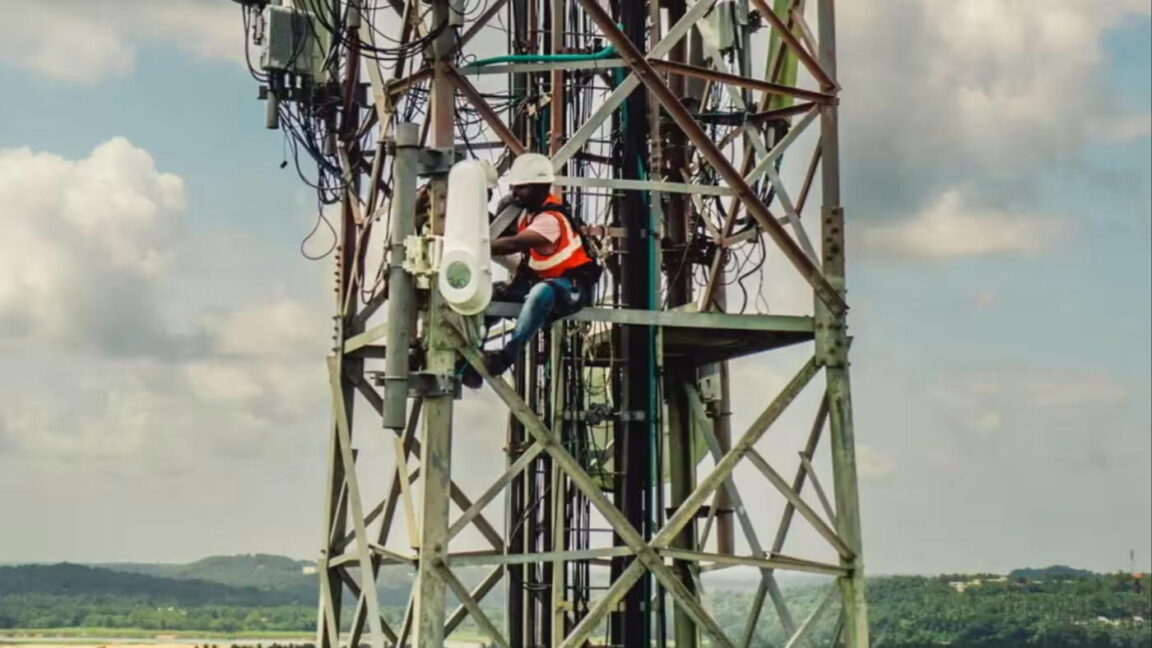
Alphabet spins off laser-based Internet backbone provider Taara
- 17.03.2025 13:27
- arstechnica.com
- Keywords: danger, danger
Alphabet spins off laser-based internet provider Taara to compete with Starlink. Using ground terminals, Taara aims to deliver high-speed connectivity in remote areas and urban environments, offering a potentially cheaper and faster alternative to satellite-based systems.